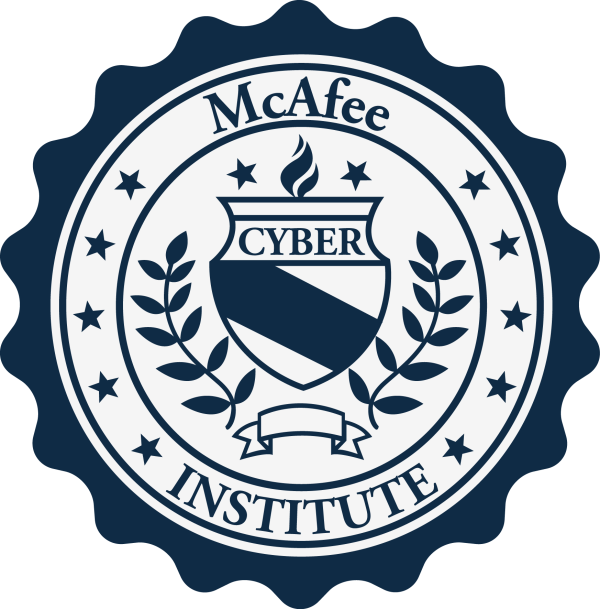There are many considerations a justice agency should address in setting up an undercover investigative computer. This computer will, after all, contain sensitive documentation that at some point will become real evidence to be used in court proceedings. Continuity and preservation of evidence will come into play every time defense counsel feels there has been a breach. With this in mind, agencies also must create a machine that is not only legally secure but also operationally protected from hackers. It is also imperative that investigators have as many of the tools they may need to conduct the wide array of investigations they will be called upon to perform.
As with the rapidly changing face of technology and the criminals who use it, the configuration of a computer such as the one described here will also change with time. This list is by no means exhaustive and will be updated at regular intervals as required.
- The computer must be standalone and must not be networked with another computer in any way. In and of itself, this network issue can raise considerable discussion among investigators. However, the fewer people who have contact with the potential evidence on the undercover hard drive, the better. This leaves fewer “smoke and mirror” arguments from defense attorneys.
- The computer should have removable drive-trays. This permits the investigator to remove and lock up a particular drive when it is not in use. This also permits other investigators to utilize the computer using their own drives.
- Online investigators should work in an office that is not open to pedestrian traffic from coworkers or visitors. This type of work can be very demanding, requiring concentration and minimal distractions.
With respect to the computer configuration, there are many schools of thought, but no “hard and fast” rules.



Post your comment on this topic.